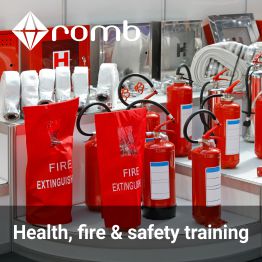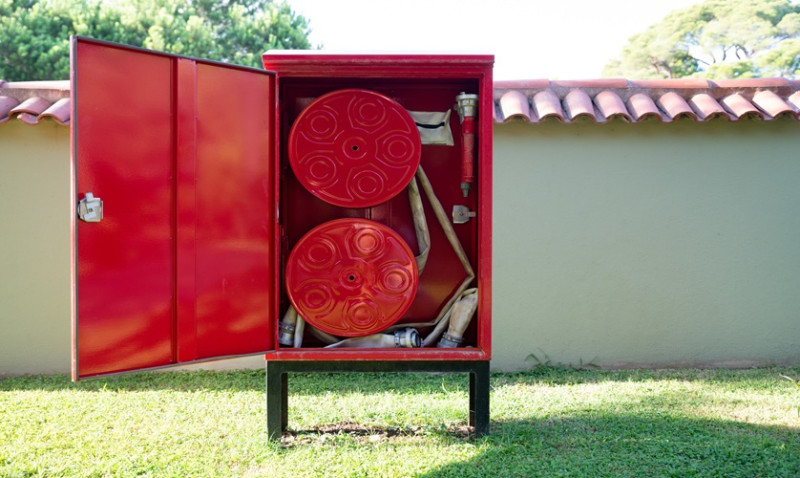
Fire safety is a critical aspect of running a business. Understanding fire safety regulations not only protects your employees and customers but also safeguards your property and ensures compliance with the law. In this comprehensive guide, we will explore the essential fire safety regulations that every business owner should know, the importance of fire safety training, and practical steps to enhance fire safety in your workplace.
Why Fire Safety Regulations Matter
Fire safety regulations are designed to minimize the risk of fire and ensure that businesses are prepared to respond effectively in the event of a fire. Here are some key reasons why these regulations are crucial:
- Protection of Life: The primary goal of fire safety regulations is to protect the lives of employees and customers.
- Property Protection: Compliance with fire safety regulations helps prevent property damage and financial loss.
- Legal Compliance: Adhering to fire safety regulations is a legal requirement, and non-compliance can result in fines and legal action.
- Insurance Benefits: Many insurance companies offer lower premiums for businesses that comply with fire safety regulations.
Key Fire Safety Regulations for Businesses
Understanding the specific fire safety regulations that apply to your business is essential. Here are some of the most important regulations to consider:
1. Fire Codes and Standards
Fire codes and standards vary by location, but they generally cover the following areas:
- Building Codes: These codes dictate the construction and design of buildings to minimize fire risks.
- Occupancy Limits: Regulations often specify the maximum number of occupants allowed in a building to ensure safe evacuation.
- Fire Alarm Systems: Businesses are typically required to install and maintain fire alarm systems that meet specific standards.
2. Fire Safety Equipment
Businesses must have the appropriate fire safety equipment in place, including:
- Fire Extinguishers: These should be easily accessible and regularly inspected.
- Sprinkler Systems: Many businesses are required to install sprinkler systems to suppress fires.
- Smoke Detectors: Smoke detectors should be installed in key areas and tested regularly.
3. Emergency Exits and Evacuation Plans
Every business must have clearly marked emergency exits and a well-communicated evacuation plan. Key points include:
- Exit Signs: Exit signs must be illuminated and visible from all areas of the building.
- Evacuation Routes: Clearly defined evacuation routes should be posted throughout the building.
- Regular Drills: Conducting regular fire drills ensures that employees know how to respond in an emergency.
Fire Safety Training for Employees
Training your employees on fire safety is not just a regulatory requirement; it is also a vital part of creating a safe workplace. Here are some key components of effective fire safety training:
1. Understanding Fire Risks
Employees should be educated about the potential fire hazards in the workplace, including:
- Flammable materials
- Electrical equipment
- Cooking appliances
2. Proper Use of Fire Safety Equipment
Training should include how to use fire extinguishers and other fire safety equipment effectively. Employees should know:
- How to identify the right type of fire extinguisher for different types of fires.
- How to operate fire alarms and sprinkler systems.
3. Evacuation Procedures
Employees must be familiar with the evacuation plan, including:
- Designated assembly points.
- How to assist individuals with disabilities during an evacuation.
Conducting Fire Risk Assessments
A fire risk assessment is a systematic evaluation of your workplace to identify potential fire hazards and implement measures to mitigate them. Here’s how to conduct an effective fire risk assessment:
1. Identify Fire Hazards
Look for potential sources of ignition, fuel, and oxygen. Common hazards include:
- Electrical equipment
- Flammable liquids
- Storage areas
2. Evaluate Risks
Assess the likelihood of a fire occurring and the potential consequences. Consider factors such as:
- Employee training
- Existing fire safety measures
3. Implement Control Measures
Based on your assessment, implement measures to reduce the risk of fire, such as:
- Regular maintenance of electrical equipment.
- Proper storage of flammable materials.
Regular Maintenance and Inspections
Regular maintenance and inspections of fire safety equipment are essential to ensure they function correctly in an emergency. Here are some best practices:
1. Schedule Regular Inspections
Establish a schedule for inspecting fire safety equipment, including:
- Fire extinguishers
- Smoke detectors
- Sprinkler systems
2. Keep Records
Maintain detailed records of inspections, maintenance, and any repairs made to fire safety equipment. This documentation can be crucial for compliance and insurance purposes.
Staying Updated on Fire Safety Regulations
Fire safety regulations can change, so it’s essential to stay informed about any updates that may affect your business. Here are some tips:
- Subscribe to local fire department newsletters.
- Join industry associations that provide updates on fire safety regulations.
- Consult with fire safety professionals for guidance.
Conclusion
Understanding fire safety regulations is a vital responsibility for business owners. By implementing the necessary measures, conducting regular training, and staying informed about changes in regulations, you can create a safer workplace for everyone. Remember, fire safety is not just about compliance; it’s about protecting lives and property. Take the time to assess your fire safety practices today and make the necessary improvements to ensure a safe environment for your employees and customers.







